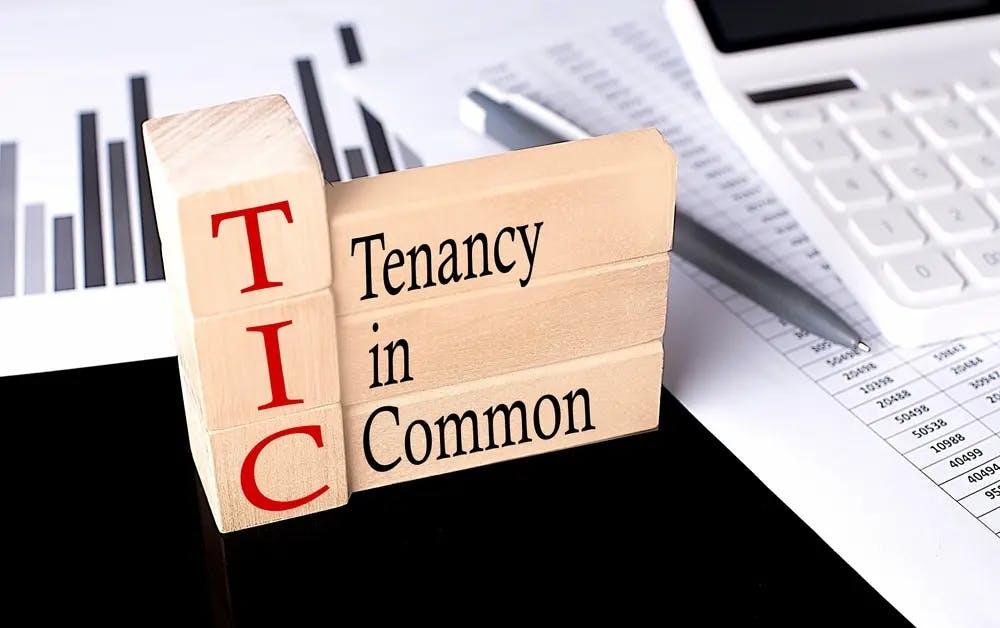Tenants In Common Care Home Fees | Tenancy In Common Explained

Estimated Reading Time: 8 minutes
This article was reviewed by Sara Chapin, Director of Finance at Lottie, on 16th December 2024, to ensure accurate and trustworthy information for care seekers. Sara Chapin has been a Certified Public Accountant with the National Association of State Boards of Accountancy since 2017. Next review due December 2025.
Here, we’ve explained tenants in common care home fees, how life interest trusts work and whether tenancy in common is something you should consider.
Entering a tenants in common agreement allows you to protect some of your home against care home fees. Our data shows that the average weekly cost of self-funded care in residential care home is £1,406.
Browse recommended local homes
Compare care homes with availability near you.
In this article:
- What is a tenancy in common?
- Tenants in common care home fees
- Should I change from jointly owned to tenants in common to protect against care home fees?
- Is jointly-owned property always included in a financial assessment for care home fees?
- Find a care home near you
- Other ways to protect your assets from care home fees
What Is a Tenancy in Common?
Tenants in common own specific shares of a property. This could be a 50/50 split or an unequal share, such as 80/20. This split can be adjusted throughout home ownership.
When you pass away, these shares can also be left to others, as written in a will.
This is different from a joint tenancy. Here, each person owns 100% of the property. If one of the owners were to pass away, the property would automatically pass to their partner, making this person the sole property owner.
Tenants in Common Care Home Fees
Whether you pay for your own care in a UK care home depends on the total value of your savings and assets. This value is worked out through a financial assessment, which immediately follows a care needs assessment.
Every country (apart from Wales) has an upper and lower threshold. If your savings and assets exceed the upper threshold, you’ll have to pay for your care. If they’re below the lower threshold, you’ll qualify for full funding support from your local authority. You'll qualify for partial funding support if they’re between the two thresholds.
Here are the UK savings thresholds for 2025/2026:
| Country | Upper threshold | Lower threshold |
|---|---|---|
| England | £23,250 | £14,250 |
| Scotland | £35,000 | £21,500 |
| Wales | £50,000 | N/A |
| Northern Ireland | £23,250 | £14,250 |
One way people look to avoid paying care home fees is through a tenants in common agreement. Entering this property agreement allows you to create a life interest trust to protect some of your home against care home fees. Below, we’ve explained how a life interest trust works.
Protect your assets with a life interest trust
People often put a life interest trust in their wills to protect their assets so they aren’t counted towards care home fees. You have to own the property as tenants in common to put this kind of trust in your will.
Here’s how they work:
- The trust beneficiary life tenant named in the will can use the property during their lifetime. This is normally your partner
- When they pass away, ownership passes on, usually to the children of the person who has passed away
In short, you leave your home to your partner after you pass away, then when they pass away, ownership passes to your children.
A life interest trust protects at least half the value of your property against care home fees, if the property is owned 50/50 through tenants in common. This is because the half held in the trust isn’t considered when paying for the care of the surviving owner.
For example, if your home is worth £300,000 when the first owner passes away, only £150,000 would be counted for care home fees. The other £150,000 would instead be marked for your children or loved ones to receive as inheritance when the second partner passes away.
Deed of severance
A deed of severance is a document that ‘severs the tenancy’ of a property. This means the homeowners go from 100% ownership to each having their own share. This is often a 50/50, equal split, but this isn’t always the case. One person may have a bigger share than the other.
Through a deed of severance, your home will no longer be owned under a joint tenancy, but through tenants in common.
People often do this to protect some of their home against care home fees (as entering a tenants in common agreement allows you to create a life interest trust).
We’re here to help you find the right care home for you or your loved one. You can request a free list of care homes from our Care Experts, who will then share homes matching your budget, location and type of care needed. You can also search for care through our easy-to-use directory.
Should I Change from Jointly Owned to Tenants In Common to Protect Against Care Home Fees?
Swapping from jointly owned to tenants in common is a good way to avoid the full value of your property being assessed in a financial assessment for care in a care home.
Changing to tenants in common allows the surviving tenant to continue living in the property and only have half the value of their home assessed if they require care in a care home.
Lottie isn’t FCA registered. We’d recommend seeking specialist legal and financial advice before making a major decision such as this.
Is Jointly-Owned Property Always Included in a Financial Assessment for Care Home Fees?
Jointly-owned property isn’t always included in a financial assessment for care home fees. There are exceptions, such as if one of the following people lives in your home when you go into care:
- A spouse or partner
- A single parent who is your divorced or estranged partner
- A family member who is either 60 or over, your child aged under 18 or classed as ‘incapacitated’
Your local authority may also make an individual exception if your children live in your home when you go into care, particularly if they’ve been caring for you.
The value of your home also won’t be included for the first 12 weeks after you enter a care home. This is known as a 12-week property disregard.
Use Lottie To Find a Care Home Near You
You can use our free care finder service to find fantastic care near you.
We list care homes throughout the UK, including residential care homes, specialist nursing homes and dementia care homes for people living with dementia.
We’re here to make finding the right home as simple as possible, so our listings are packed with useful information such as the types of care available, the facilities and activities on offer, whether bedrooms have en-suite bathrooms and more.
You can also request a free list of care homes from our knowledgeable care experts, who will share homes matching your specific requirements, including location, care needs and budget.
Other Ways to Protect Your Assets from Care Home Fees
You could use several other methods to protect your property against care home fees. These include:
- An immediate needs annuity
- A deferred payment agreement
- Equity release
- Rental income
Some people gift their money or property to their children to avoid care home fees. This is known as deprivation of assets. However, this isn’t something we’d recommend. If your local authority believes you’ve deliberately reduced your capital to avoid care home fees, they may still class you as owning these assets during your financial assessment, even though they’re no longer in your possession.
Explore The UK’s Best Care Homes:
Use Lottie to find the best care homes in the UK by price, the care types available, facilities, activities and more:
Frequently Asked Questions
What is the 7 year rule for tenants in common?
The 7 year rule for tenants in common is a way of potentially reducing the amount of inheritance tax owed by a beneficiary of your estate. Tenants in common can gift a portion of their property to a family member. This portion will be exempt from inheritance tax, provided you continue living in the home for at least seven years after you gift it. This is known as a ‘potentially exempt transfer’ (PET).
What are the pitfalls of tenants in common?
Some of the biggest pitfalls associated with tenants in common are:
- Tenants in common can resell their portion of the home if they wish to
- Every tenant in common is responsible for the debt of all other owners
Is it worth doing tenants in common?
Whether it’s worth doing tenants in common depends on your personal circumstances. If you want to avoid the full value of your property being assessed in a financial assessment for care home fees then tenants in common could be a better option than a joint tenancy.
Free Care Fees & Funding Email Course
Written by our team of experts and designed to help families fund later life care in England.




